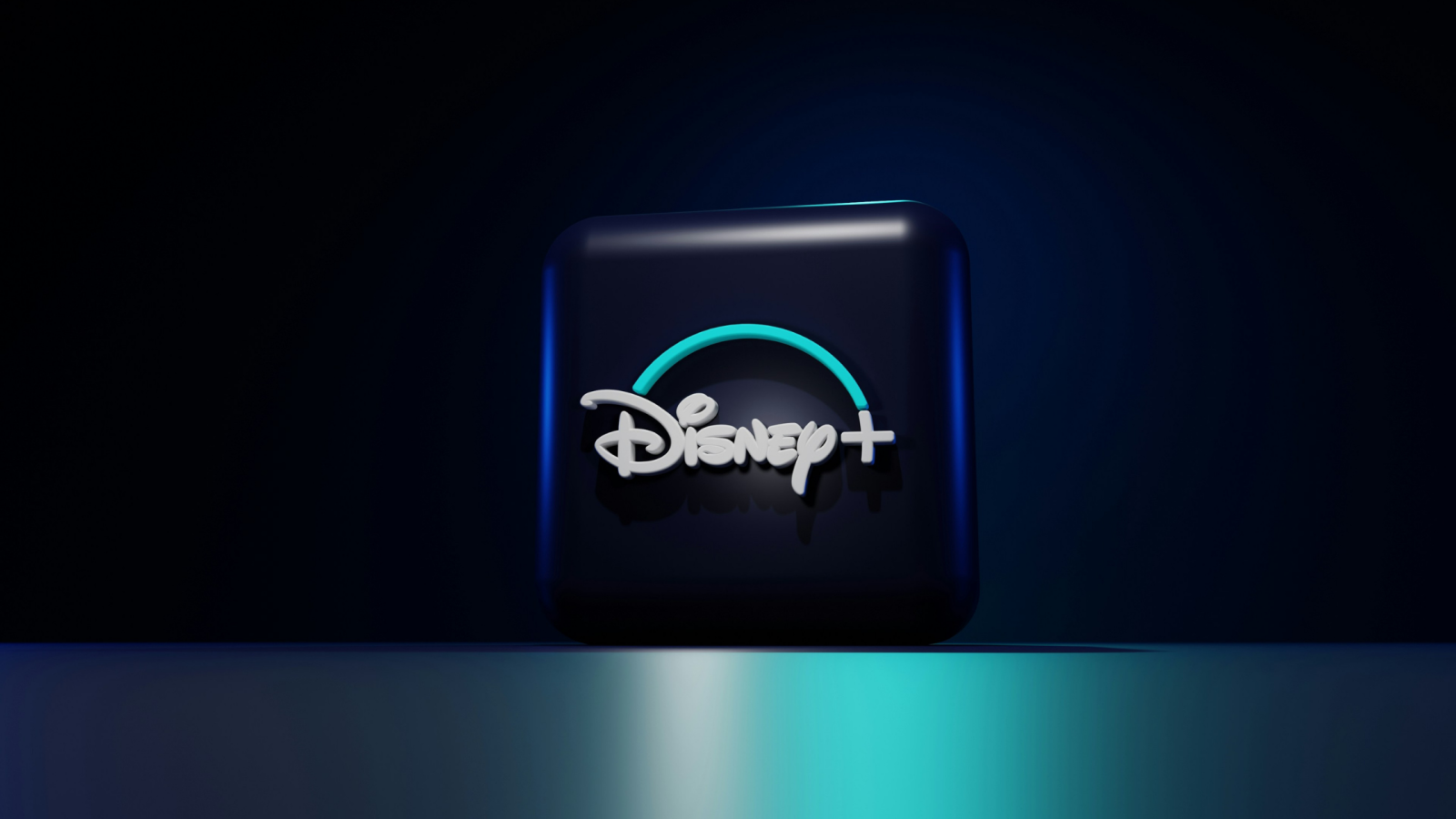Can Disney do a Hulu?


Disney finally unveiled to investors during a presentation yesterday its much anticipated direct-to-consumer (DTC) streaming service Disney+, announcing a November 12th 2019 launch. Disney+ will be an ad-free subscription launching in the US at $6.99 a month or $69.99 annually, and there will likely also be a discounted bundle for Disney+, ESPN+ and Hulu in the future.
Why now for Disney?
Having wrapped up proceedings with its 21st Century Fox acquisition last month, on Thursday 11th April the world got its first glimpse of Disney’s third (not including newly acquired Hotstar) and most anticipated streaming service, which utilizes Disney Streaming Services technology (formerly Bamtech).
Disney is not operating in a vacuum. Globally, the subscription video on demand (SVOD) landscape is dominated by Netflix and Amazon. In the US, third-place Hulu (now majority owned by Disney) is growing rapidly with a 48% increase in subscribers in 2018. Into this competitive marketplace, tech major Apple and media giants Warner Media and NBCUniversal are all launching streaming services over the next 12 months. Such hefty competition underlines why Disney feels compelled to make a move. 41% of Disney’s total revenues come from its Media Networks division, which encompasses traditional pay-TV carriage deals and broadcast TV through licensing and advertising. In the SVOD world of 2019, linear TV is in secular decline with only 15% of 16-19-year-olds watching live TV on a TV set (source: MIDiA Research). Disney aims to future-proof its TV revenues by moving into streaming video.
Disney needs to launch Disney+ before Apple does
Apple showcased its video content play at its Showtime event in Cupertino, parading Big Bird and other stars to show off its exclusive content. More importantly, it highlighted their family focused strategy, something that is of concern for family oriented Disney. Disney realizes it cannot wait too long for Disney+ to come to market if it is to avoid its core target audience migrating to the Apple ecosystem, with Disney+ launching in Q4 2019.
Disney, which owns 60% of Hulu, is undoubtedly aware of the opportunity to replicate the domestic success of Hulu and sees room for another major streaming service competing internationally with Netflix and Amazon. MIDiA Research’s Q4 consumer survey shows Hulu has a weekly active user penetration of 22%, only two points below Amazon Prime Video. The real opportunity is for Disney+ to scope out an international third player niche through carving out a Hulu-esque share of international streaming markets. How it does this depends upon how closely Disney+ replicates the engagement flexibility of Hulu’s premium ad-free model, and when it decides to bundle sports-focused ESPN+ and Hulu into a discounted offering.
Featured Report
MIDiA Research 2026 predictions Change is the constant
Welcome to the 11th edition of MIDiA’s annual predictions report. The world has changed a lot since our inaugural 2016 edition. The core predictions in that report (video will eat the world, messaging apps will accelerate) are now foundational layers of today’s digital economy.
Find out more…Leveraging its brand equity
The major unique selling proposition for Disney is its family orientated image, having captured the hearts and minds of families and kids for decades off the back of its Pixar, Walt Disney Pictures, Star Wars and Marvel motion pictures. Using its popular brand image will be key for winning a viable share of the streaming video subscriber market. The greatest opportunity for Disney+ will be outside the US, with emerging markets only just starting to engage with streaming video services. Arguably the timing is optimal for Disney to leverage its favourable brand equity, unrivalled intellectual property (IP), 1billion+ fanbase and strengthened catalogue to establish itself as a premier destination for video content in emerging markets.
How will Disney+ measure success?
JP Morgan estimates that Disney+ can look to acquire an eventual subscriber base of 160 million (via The Street). Netflix took 12 years to reach 139 million, making 160 million look ambitious to say the least. Streaming video subscribers will double from 618 million in 2018 to 1.2 billion in 2025, offering a sizeable audience to Disney. It hopes to reach its estimated 60-90 million subscriber target by the end of fiscal year 2024, when Disney+ also aims to realise profitability.
32% of US streaming video users have multiple subscriptions, so Disney’s short-term strategy will be to address that smaller audience. In the peak of the attention economy, consumers are still finalising their specialised selections for which services to consume content on. With a finite digital wallet to spend on these services, Disney will need to use its significant resources and renowned catalogue to become a must-have, international Hulu-esque service. Undercutting Netflix’s pricing model will aid in capturing those Netflix (and SVOD) subscribers that seek Disney’s value IP when it all returns home to Disney+.
Disney’s future
It is not where Disney will be in 12 months that investors should focus on, but 24 months and further. If Disney can bundle ESPN+ into its Disney+ offering, while acquiring the major premium sporting rights domestically which start to come up for renewal in 2021/2022 with the MLB and NFL as well as incorporating Hulu into a discounted bundle offering, this will strengthen Disney’s arsenal to the point where it can not only compete head-on with Netflix domestically, but win. Disney estimates it will acquire between 108-162 million subscribers across Disney’s three services by fiscal year 2024, surpassing Netflix’s current total. Serving more use cases than the current global leading SVOD service will promote Disney+’s position as a true substitutive service, rather than an additive service as it will be in the short-term.

The discussion around this post has not yet got started, be the first to add an opinion.